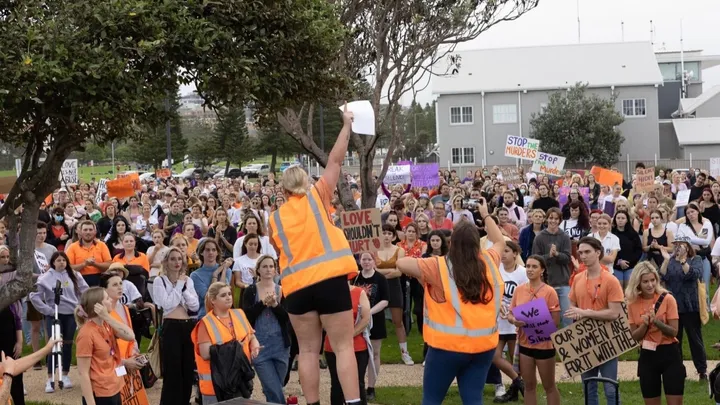
The Green New Deal
By Roger Hanney
In late October Tasmanian federal Greens senator, Christine Milne, was in Sydney to address one a weekly policy forum presented by the privately funded Sydney Institute. Milne used the occasion, hosted by chairman Gerard Henderson, to launch the Green New Deal.
After acknowledging the Eora traditional owners, Milne began by painting two very different pictures. ‘In the coming decades, either we will have successfully reshaped our political and economic structures and be heading towards a new healthy, happy, prosperous and safe future with an environment under repair and a strengthened civil society, or we will have chosen to stick with the current model which is reshaping our environment and climate in ways that will lead to system collapse, huge population movements and widespread conflict. The choice is ours – we can make a change for the better, but we have to make it now.’
In harmony with parallels increasingly drawn between the current historical moment and the 1930s, and following recent pleas made globally by the United Nations Environment Program and supported by Deutsche Bank, the party so intently concerned with the future is drawing on the past.
‘Echoing Franklin Roosevelt’s ‘New Deal’ to lift the USA out of the Great Depression, a ‘Green New Deal’ seeks to rebuild the global economy based on four pillars: renewable energy, energy efficiency, clean alternative transport and protection of ecosystems,’ said Milne.
Timing and timeliness were prominent themes. Milne said the current financial crisis ‘ to which governments have responded rapidly and with massive blank cheques ‘ has cost the global economy $US1.5 trillion so far. In contrast, logging deprives the world of an estimated $US2.5 trillion in environmental services annually. Nevertheless, longstanding climate skeptics and industry lobbyists are leveraging the ongoing financial crisis to further sabotage action on global warming.
Foreseeing this, the Greens have enervated and reaffirmed their 2007 Re Energising Australia policy agenda. The updated policy suite, supported by a range of new financial mechanisms and ecological tax incentives, aims to not only accelerate Australia’s climate change response but to stimulate economic growth through local employment and training, new domestic industries, and an expansion of the manufacturing sector.
Emphasising the call by scientists for an emissions reduction of 40 per cent of 1990 levels by 2020, Milne’s vision is of an Australia where all domiciles are retrofitted with government-supported solar power which is easily paid back by the consumer thanks to a future of heavily reduced electricity bills, where drought-stricken farmers have become energy magnates, and where major infrastructure decisions are driven by suitability and need, rather than backroom deals and poor planning.
Speaking of the Greens’ current role in sharing the federal balance of power, Milne was pragmatic.
‘The politics of climate policy and balance of power in the Senate are challenging. The government has the opportunity to green up its policies with our support or it can brown them down with the coalition,’ she said.
‘There is a real possibility that the Government, while feigning concern, will be happy to blame the coalition for a weak target as it perceives that such a price will make it less politically painful at the 2010 election.’









